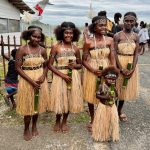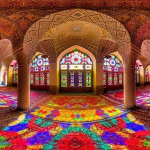If you’ve ever seen photos of the reindeer herders of Mongolia – people riding reindeer through dense forests, living in gers (yurts) – you’re probably looking at the Dukha. Also known as the Tsaatan, they’re one of Mongolia’s smallest ethnic groups, numbering only around 200-300 people today. They live in the far north of the country, in Khuvsgul province, close to the border with Russia’s Tuva Republic and despite challenges, still maintain their traditional lifestyle and culture.
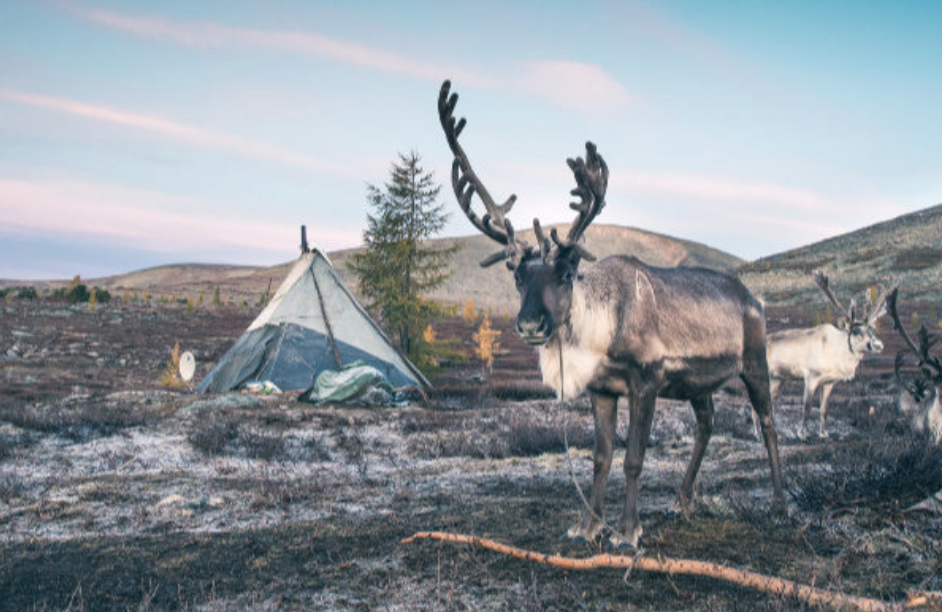
Table of Contents
Who Are The Reindeer Herders of Mongolia?
The reindeer herders of Mongolia are the Dukha, who are Turkic-speaking and ethnically related to Tuvan people across the border. Historically, they moved freely between Mongolia and Tuva, herding their reindeer in search of lichen pastures. This stopped in the 1940s when Stalin closed the borders, forcing them to remain in Mongolia. Since then, they’ve continued their way of life in Mongolia’s taiga – a subarctic forest region of larch and pine, bitter winters, and swampy summer ground.
The Importance of Reindeers
The Reindeer herders of Mongolia relies on reindeers to suport their entire livelihood. Unlike reindeer herders in northern Russia or Scandinavia, who keep large herds mainly for meat, the Dukha keep smaller herds (average 30-100 reindeer per family) primarily for milk, cheese, and as pack animals. The reindeer are rarely killed for meat unless old or injured. They are milked daily to make cheese, butter, and yoghurt, which forms a staple part of the Dukha diet. Reindeer hair is used for clothing and felted crafts. Their antlers are carved into tools and ornaments. This practical approach ensures nothing is wasted.
Reindeer are also the Dukha’s main transport through the forested taiga. The terrain here is swampy and uneven, making it difficult for horses, so the reindeer are saddled and ridden. It’s one of the only places in the world where you’ll see people riding reindeer not as a performance, but as a daily necessity.
Their homes are ortz (similar to gers)– cone-shaped teepee-like structures made from wooden poles covered with canvas or hides. The inside is centred around a stove that burns constantly, especially during the harsh winters when temperatures can drop to -50°C. Life is tough here. Winters are long and brutal. Summers bring biting mosquitoes and are constantly damp. But for centuries, the Dukha have adapted to this environment, moving camps seasonally to find fresh grass for their herds.
The Dukha practice animistic shamanism. They believe that spirits inhabit all parts of nature – animals, rivers, trees, mountains. Shamans play an important role, conducting rituals to heal illness, protect the herds, or ensure balance between the human and spirit world. Carved reindeer antlers, horse skulls, and small stone altars can often be found around their camps as offerings to spirits.
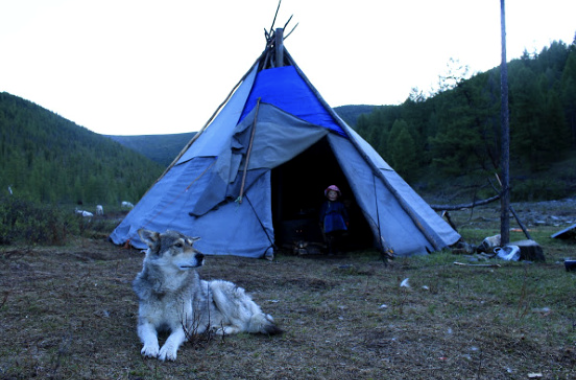
The Threat To Tradition
Like many nomadic or semi-nomadic groups, their way of life is under threat. The reindeer herds are declining due to disease and environmental changes affecting lichen growth. Young Dukha increasingly leave the taiga to find education or work in towns like Tsagaan Nuur or Murun, leading to fears that reindeer herding traditions could vanish within a generation.
To sustain themselves, some Dukha families have turned to tourism. Not many, but some travellers visit their camps to ride reindeer, learn about shamanic practices, and experience life in the taiga. It brings essential income but also raises concerns about remaining respectful, authentic, and genuinely beneficial to their community.
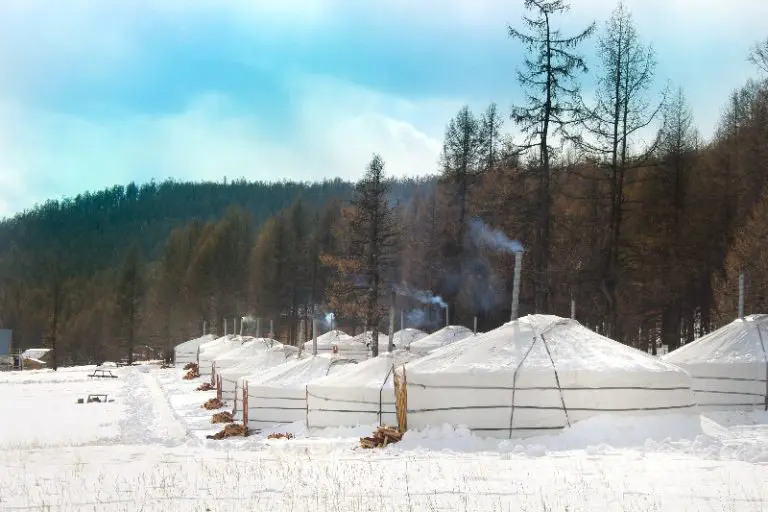
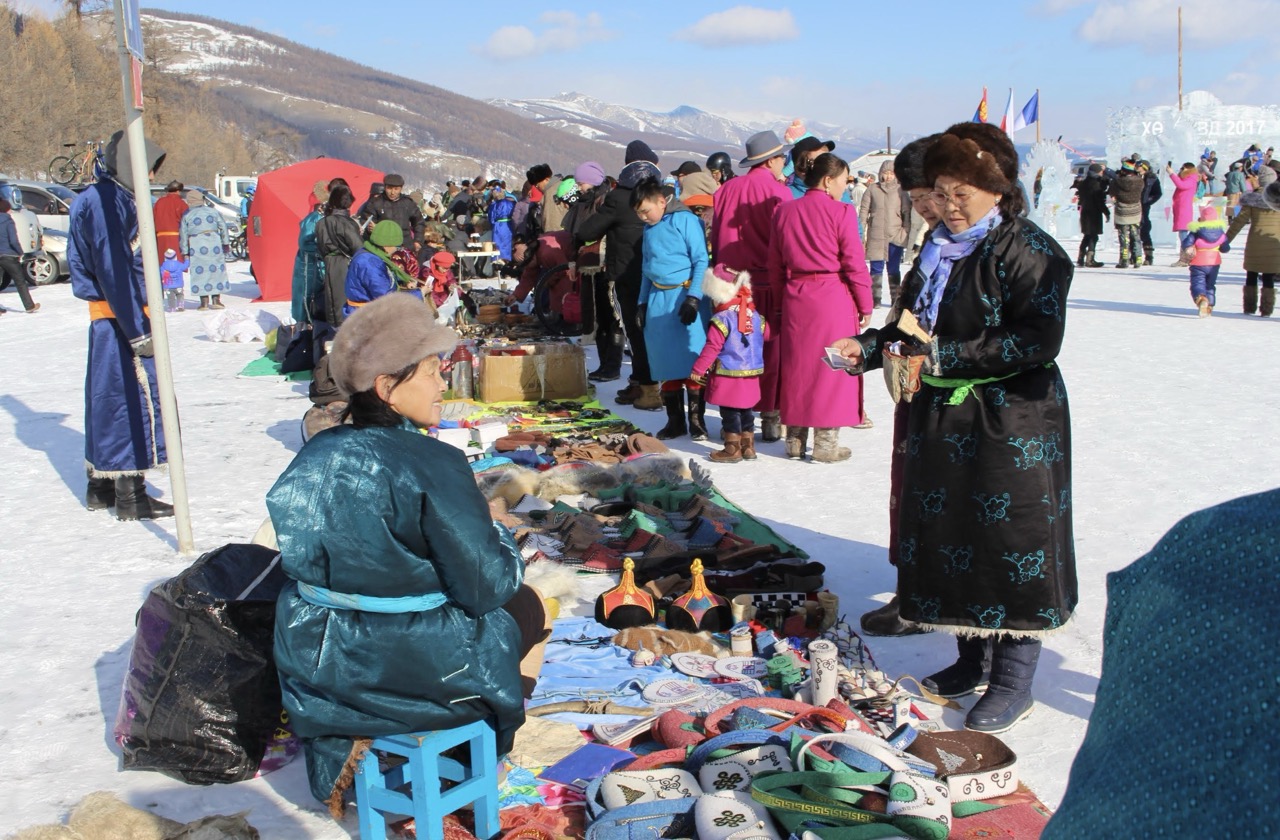
Combating Challenges And Keeping Traditions Alive With The Reindeer Festival
In March, the Dukha gather for the Reindeer Festival, held near Tsagaan Nuur in Khuvsgul province. It’s a relatively recent event, established to promote Dukha culture and attract tourism. The festival features reindeer races (imagine small riders sprinting across the grasslands on reindeer, which aren’t exactly built for speed), displays of traditional clothing, antler carving competitions, and performances of throat singing and folk music. For visitors, it’s one of the only times you can see multiple Dukha families together in one place, as they usually live spread out across the taiga in small, isolated camps.
The festival is partly cultural preservation, partly economic opportunity, and partly a chance for the Dukha themselves to socialise, exchange news, and celebrate their heritage. It also raises awareness about the challenges they face – from climate change to land encroachment by mining interests.
Visiting The Reindeer Tribe
Their existence challenges the idea that “progress” always means an urbanised life. They live in symbiosis with an animal species few people outside the Arctic ever encounter. They survive in an environment that most would find uninhabitable. Yet their knowledge of forest ecology, animal behaviour, and adaptation is immense.
It’s important to note that the Dukha are not a tourist performance group. They are real people living in a fragile, changing reality. Any visit needs to be conducted responsibly, with small groups, no environmental impact, and direct benefits for the families hosting you. Their culture is not frozen in the past – they use solar panels, motorbikes, and satellite phones alongside reindeer saddles and shaman drums. Like all communities, they adapt to survive.
As Mongolia continues to modernize, the Dukha remain one of its most unique peoples. Whether you see them at the Reindeer Festival or trek deep into the taiga to visit their camps, their story is one of resilience – and a reminder of just how diverse life on this planet can be.
Do You Want To Meet the Reindeer Herders Of Mongolia?
Join us on our new and epic Mongolia Ice and Reindeer Festival Tour in March!



